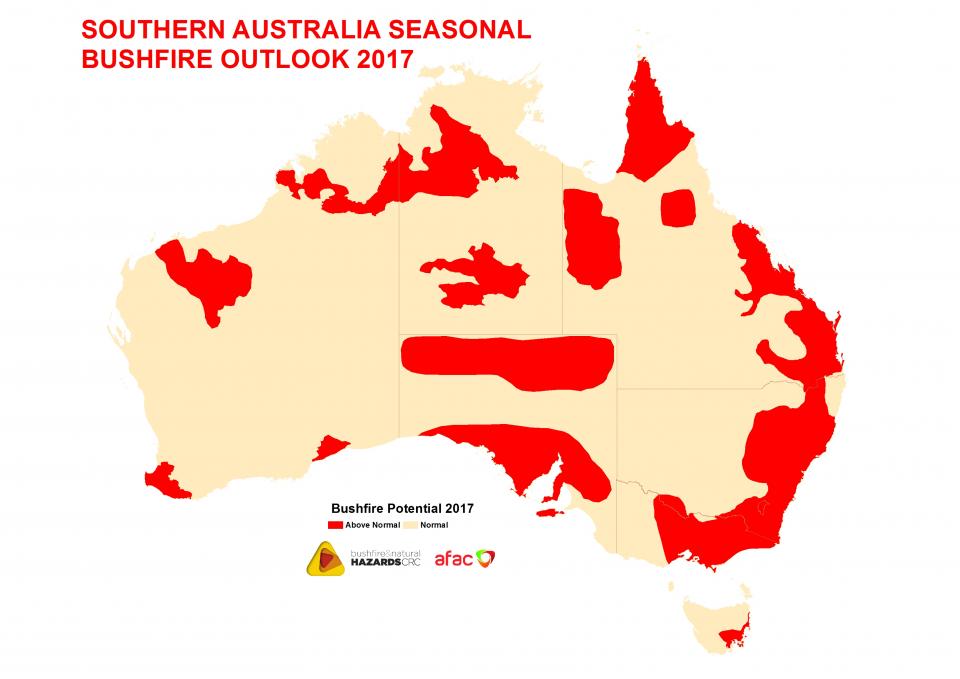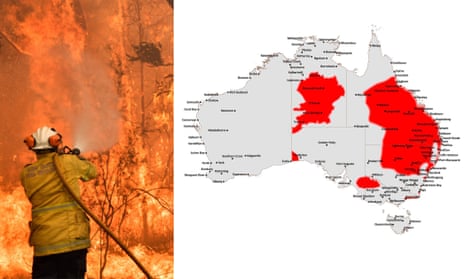Just How BAL Report Impacts Bush Fire Protection Actions
In the realm of bush fire security, the Structure Strike Degree (BAL) record stands as a crucial device that considerably affects the safety and security and durability of homes in fire-prone locations - BAL Report. The effect of a BAL analysis extends far past mere documents; it acts as the keystone for figuring out the suitable construction requirements and fire security measures required to alleviate the risks presented by bushfires. As neighborhoods come to grips with increasingly severe fire seasons, understanding just how the BAL record shapes these protective steps comes to be critical for policymakers, property owners, and building contractors alike
Recognizing the Bushfire Strike Degree

Value of BAL Record Assessment

Moreover, the BAL report analysis functions as a fundamental action in following legal commitments and needs associated with bushfire protection. Regional councils and authorities frequently mandate the entry of a BAL record as part of the preparation and building approval procedure to guarantee that properties are adequately safeguarded versus bushfire dangers. Stopping working to carry out a thorough BAL report evaluation can lead to insufficient security steps, leaving properties vulnerable to devastating bushfire occurrences.
Building Requirements Based on BAL
A detailed understanding of the Bushfire Attack Level (BAL) makes it possible for homeowner to implement building criteria tailored to their particular danger account. Building requirements based upon BAL are crucial in mitigating the effect of bushfires on homes. The BAL score categorizes the potential threat a residential or commercial property deals with throughout a bushfire on a range article from BAL-Low to BAL-FZ (Flame Zone) Each BAL level represents specific building and construction needs described in the Australian Basic AS3959-2018 Building And Construction of Structures in Bushfire-Prone Locations. As an example, properties categorized as BAL-Low might just call for standard procedures such as removing debris and maintaining gardens, while those in higher BAL classifications need more robust measures like cinder screens, fireproof materials, and sealed home windows. Complying with these building criteria not only boosts the structural durability of the residential or commercial property however likewise boosts the general safety of locals during a bushfire occasion. Consequently, building owners should thoroughly consider their BAL ranking and adhere to the equivalent building and construction standards to adequately secure their homes and residents.
Carrying Out Fire Protection Procedures
With the structure of building criteria based on special info Bushfire Strike Degree (BAL) in place, the emphasis currently changes in the direction of the practical execution of fire defense measures to strengthen homes versus bushfire hazards. Easy actions consist of using fire-resistant building products, mounting cinder guards on vents, securing gaps in walls and roofings, and maintaining a clear area around the building totally free from combustible greenery. By incorporating both passive and energetic strategies, buildings can substantially reduce their vulnerability to bushfire cases and raise the security of passengers.
Safeguarding Houses Against Bushfires
Properly securing homes against the devastating influences of bushfires needs a thorough and aggressive method to fire defense actions. Home owners residing in bushfire-prone locations need to focus on the implementation of various methods to enhance their residential property's resilience against wildfires. One fundamental facet is developing a defensible room around the home by keeping a clear area without combustible products. This includes routinely trimming greenery, getting rid of dead plants, and making sure a secure distance between trees and frameworks. Mounting fireproof roof covering products can additionally substantially lower the danger of ember attacks and straight flame contact. In addition, securing vents and spaces to stop cinder breach, as well as including fire-resistant windows and doors, can aid strengthen the home's protection versus bushfires. Purchasing a dependable water source, such as a well-maintained lawn sprinkler or a devoted water tank, is important for supplying water throughout fire emergency situations - BAL Report. By embracing a proactive stance and integrating these protective procedures, house owners can dramatically raise their chances of protecting their homes against bushfires.
Conclusion
To conclude, the Bushfire Attack Level (BAL) report plays an essential role in determining the necessary protection steps against bushfires. By assessing the BAL, construction requirements can be customized to reduce the blog here risks and ensure the safety of homes in fire-prone locations. Applying fire security procedures based upon the BAL record is necessary in securing buildings from possible bushfire threats. It is crucial for property owners to prioritize BAL analyses and stick to recommended building and construction criteria to improve bushfire durability.
In analyzing bushfire danger to buildings, recognizing the Bushfire Assault Degree (BAL) is an important component for carrying out effective security measures. On the whole, a clear understanding of the Bushfire Assault Degree is crucial for implementing sufficient security measures and alleviating the impact of bushfires on residential properties.
